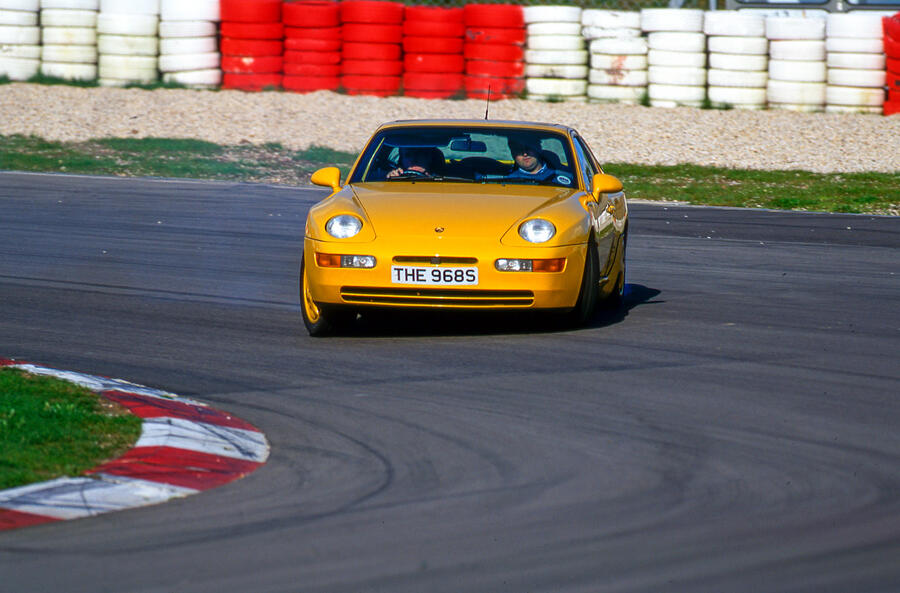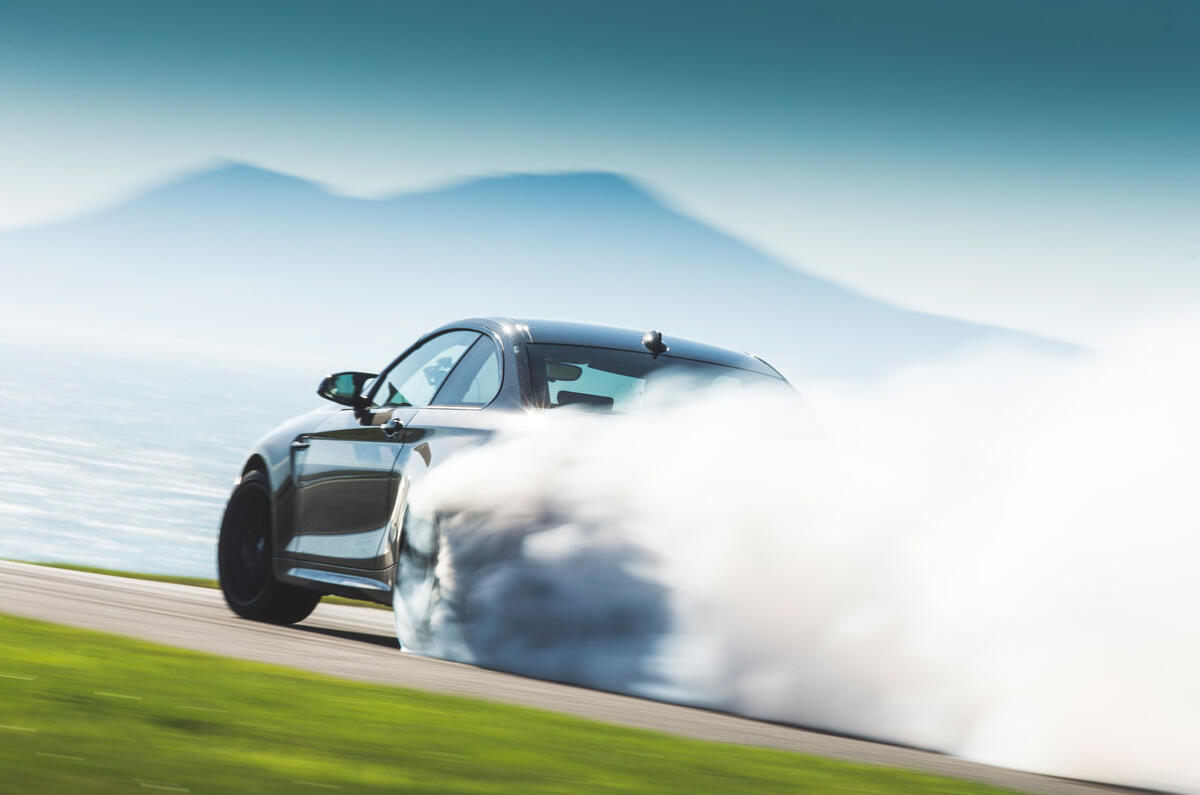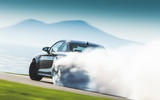It was a novel idea at the time: we’d assess the cars first and largely keep the photographers at bay until later.
It was 2005, I think, and the idea of Adam, then Autocar’s road test editor.
We were planning a big race-track-based group test, to take place over several days. Previously, car testing and photography on jobs like this would have happened around each other – with photographers and hired hands nipping off in a few test cars at a time to unused parts of a circuit to take pictures, possibly of the car going sideways, while assessment carried on elsewhere.
But not any more: we’d noticed on-track photography wore down the tyre shoulders, affecting steering response and accuracy. So we should test first thing, on fresh tyres.
There might have been some grumbling from the pictures department at this. Track testing isn’t without its perils, and car damage or a breakdown could mean a car failed to proceed before there were many pictures of it. And as one of our old art editors used to say: “You can make up the words, but you can’t make up the pictures.”

Up to the mid-2000s, it simply wasn’t a worry. As Andrew Frankel told me, brakes would wear out on track, certainly, but set the pressures and tyres would largely stay fit over a couple of days of testing.










Join the debate
Add your comment
Seems to me much smarter for us mere mortals to have a car or cars for road use and a different one for the track. Can't beat a Caterham or similar for the latter. Doesn't need to be expensive or even especially quick - on a track day you are only racing against yourself, anyway.
@Ravon, is that a thinly disguised advert? Race car setups destroy tyres when used on the road in a regular style.
He ain't heavy..he's my brother.